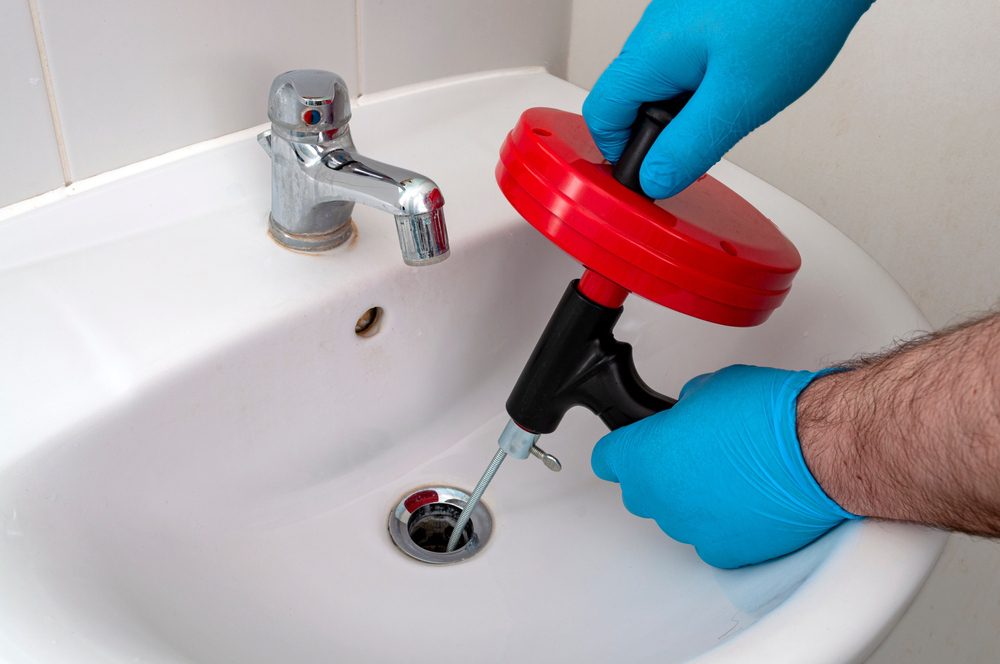First-Time Home Buyers: Tips on How to Manage Bathroom Plumbing
First-Time Home Buyers: Tips on How to Manage Bathroom Plumbing
Blog Article
On this page on the next paragraphs you might get a good deal of professional details pertaining to 6 Essential Plumbing Checks for New Homeowners.

For new home owners, understanding and maintaining washroom plumbing can conserve both money and time by avoiding costly concerns down the line. Below are some necessary bathroom plumbing tips to assist you maintain every little thing running efficiently.
Acquaint Yourself with the Key Shut-Off Shutoff
Knowing where the major water shut-off shutoff lies in your house is crucial. This enables you to swiftly turn off the water system in case of major leakages or throughout pipes emergency situations, preventing extensive water damages.
Regularly Examine for Leakages
Tiny leakages can cause large troubles. Consistently check under sinks, around toilets, and near plumbing components for any type of indicators of leakages. Search for wetness, small drips, or rust. Capturing and fixing leaks early can avoid more significant damages and save water.
Don't Overlook Slow Drains
If your sink or bathtub is draining pipes slowly, it's commonly an indication of a clog developing. Addressing this very early can protect against a total blockage. Make use of a plunger or a plumbing technician's serpent to remove particles. Prevent using chemical drain cleansers as they can damage your pipes with time.
Know What Not to Flush
Bathrooms are not waste disposal unit. Stay clear of flushing anything aside from bathroom tissue and human waste. Things like wipes, womanly hygiene items, and cotton bud should be taken care of in the trash to prevent clogs and drain back-ups.
Mount Strainers in Drains
Location strainers in your sink and bath tub drains pipes to capture hair and various other particles prior to they enter your plumbing system. Cleaning up the filters on a regular basis will help protect against build-up and keep water moving openly.
Maintain Your Water Heater
Guarantee your water heater is readied to a proper temperature level (generally around 120 levels Fahrenheit) to stop hot and decrease power use. Flush the container every year to get rid of sediment accumulation, which can decrease the effectiveness and life expectancy of your heating system.
Upgrade Your Fixtures
If your home has older components, take into consideration upgrading to extra effective models. Modern commodes, showerheads, and taps are made to use less water while offering good pressure, which can substantially lower your water costs and environmental footprint.
Be Cautious with Do It Yourself Pipes Fixes
While it's appealing to take care of all home repair services by yourself, beware with pipes. Some problems may need specialist proficiency, especially if they entail main water lines or sewer repairs. Working with a specialist can sometimes be extra economical than do it yourself, especially if it prevents further damages.
Prepare for Cold Weather
Shield your pipes from cold throughout winter by shielding pipes in unheated areas like cellars, attic rooms, and garages. Throughout extreme cold, let cold water drip from taps offered by revealed pipes to help avoid freezing.
Set Up Regular Upkeep
Consider scheduling yearly evaluations with an accredited plumbing technician. They can spot issues that you could miss out on, such as surprise leaks or damage on pipelines and components. Routine upkeep assists expand the life of your pipes system and can prevent emergencies.
Conclusion
Recognizing and preserving your home's restroom plumbing can stop lots of typical concerns. By following these vital pointers, you can guarantee your restroom remains practical and reliable, conserving you time and money over time.
Essential Plumbing Tips for Homeowners: Keep Your Pipes Flowing Smoothly
As a homeowner, understanding the basics of your plumbing system can save you time, money, and a lot of headaches. Plumbing issues can range from minor annoyances like dripping faucets to major problems like burst pipes that cause significant damage. This guide provides essential tips to help you maintain your plumbing system and tackle common issues.
Understanding Your Plumbing System
Supply System: Brings fresh water into your home from a municipal source or a well. Drain-Waste-Vent System: Removes wastewater and vents sewer gases outside. Fixtures and Appliances: Includes sinks, toilets, showers, dishwashers, and washing machines. Basic Maintenance Tips
Regular Inspections: Periodically check for leaks, corrosion, and other signs of wear and tear. Look under sinks, around toilets, and near water heaters. Know Your Main Shut-Off Valve: In case of a major leak, you’ll need to shut off the water quickly. Ensure everyone in your household knows where the main shut-off valve is located. Prevent Frozen Pipes: In cold climates, insulate exposed pipes and let faucets drip during extreme cold to prevent freezing. Use Strainers: Install strainers in sinks and tubs to catch hair, food particles, and other debris that can cause clogs. Common Plumbing Issues and Solutions
Clogged Drains:
Prevention: Avoid pouring grease down the drain and use drain screens to catch debris. DIY Fix: Use a plunger or a plumbing snake to clear minor clogs. For stubborn clogs, a mixture of baking soda and vinegar can sometimes help. Leaky Faucets:
Prevention: Replace washers and seals regularly. DIY Fix: Turn off the water supply, disassemble the faucet, and replace worn parts.

Book Service Now Report this page